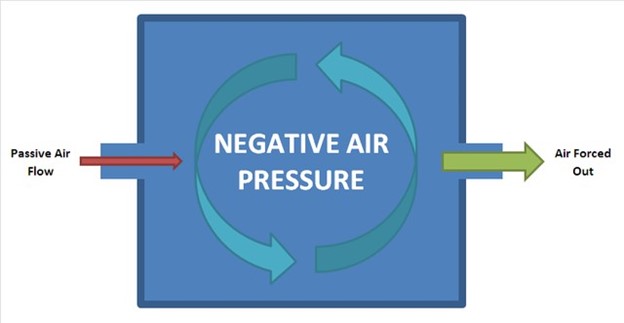A nurse is caring for a school-age child who is postoperative and received morphine via IV bolus for pain 10 min ago.
Which of the following findings is the nurse’s priority?
Euphoria
Bradypnea
Constipation
Constipation
The Correct Answer is B
The correct answer is choice B, bradypnea. Bradypnea is abnormally slow breathing, which can be a sign of life-threatening respiratory depression caused by morphine. Respiratory depression is the most serious adverse effect of morphine and can lead to coma and death if not treated promptly. Therefore, the nurse should monitor the child’s respiratory rate and oxygen saturation closely and be prepared to administer naloxone, an opioid antagonist, if needed.
Choice A, euphoria, is wrong because euphoria is a feeling of intense happiness or well-being that is a common side effect of morphine.
Euphoria is not a priority finding and does not indicate a serious complication of morphine.
Choice C, constipation, is wrong because constipation is a common and chronic side effect of morphine that affects the gastrointestinal system.
Constipation can cause discomfort and complications such as bowel obstruction, but it is not a priority finding compared to respiratory depression.
Choice D, sedation, is wrong because sedation is another common side effect of morphine that affects the central nervous system.
Sedation can impair the child’s level of consciousness and ability to respond to stimuli, but it is not as urgent as respiratory depression.
Nursing Test Bank
Naxlex Comprehensive Predictor Exams
Related Questions
Correct Answer is A
Explanation
This is because the AP’s statement constitutes an intentional tort, which is a wrong that the defendant knew or should have known would be caused by their actions. An assault is defined as intentionally putting another person in reasonable apprehension of an imminent harmful or offensive contact.
The AP’s threat of using restraints and force-feeding the client could cause the client to fear for their safety and dignity, which is an assault.
Choice B. Battery is wrong because battery is defined as intentional causation of harmful or offensive contact with another person without that person’s consent.
The AP did not actually touch the client or carry out the threat, so there was no battery.
Choice C. Negligence is wrong because negligence is an unintentional tort, which occurs when the defendant’s actions or inactions were unreasonably unsafe.
The AP did not act or fail to act in a way that breached the standard of care or caused harm to the client, so there was no negligence.
Choice D. Malpractice is wrong because malpractice is a type of negligence that involves a professional failing to perform their duties according to the standards of their profession.
The AP did not perform any professional duty or service that was below the standard of care or caused harm to the client, so there was no malpractice.
Correct Answer is C
Explanation

This is because varicella, or chickenpox, is a highly contagious disease caused by the varicellazoster virus (VZV), which can spread through the air or by direct contact with the fluid from the blisters. A negative air pressure room prevents the air from the room from circulating to other areas of the hospital, reducing the risk of transmission to other patients and staff.
Choice A is wrong because aspirin should not be given to children with chickenpox, as it can cause a serious condition called Reye’s syndrome, which affects the brain and liver. Instead, acetaminophen can be used to reduce fever.
Choice B is wrong because droplet precautions are not enough to prevent the spread of chickenpox. Droplet precautions involve wearing a mask and gloves when in close contact with the patient, but they do not prevent the virus from traveling through the air. Airborne precautions, which include a negative air pressure room and wearing a respirator, are needed for chickenpox.
Choice D is wrong because Koplik spots are not a sign of chickenpox, but of measles, another viral infection that causes a rash. Chickenpox causes an itchy rash with small, fluid-filled blisters that crust over.
Whether you are a student looking to ace your exams or a practicing nurse seeking to enhance your expertise , our nursing education contents will empower you with the confidence and competence to make a difference in the lives of patients and become a respected leader in the healthcare field.
Visit Naxlex, invest in your future and unlock endless possibilities with our unparalleled nursing education contents today
Report Wrong Answer on the Current Question
Do you disagree with the answer? If yes, what is your expected answer? Explain.
Kindly be descriptive with the issue you are facing.
